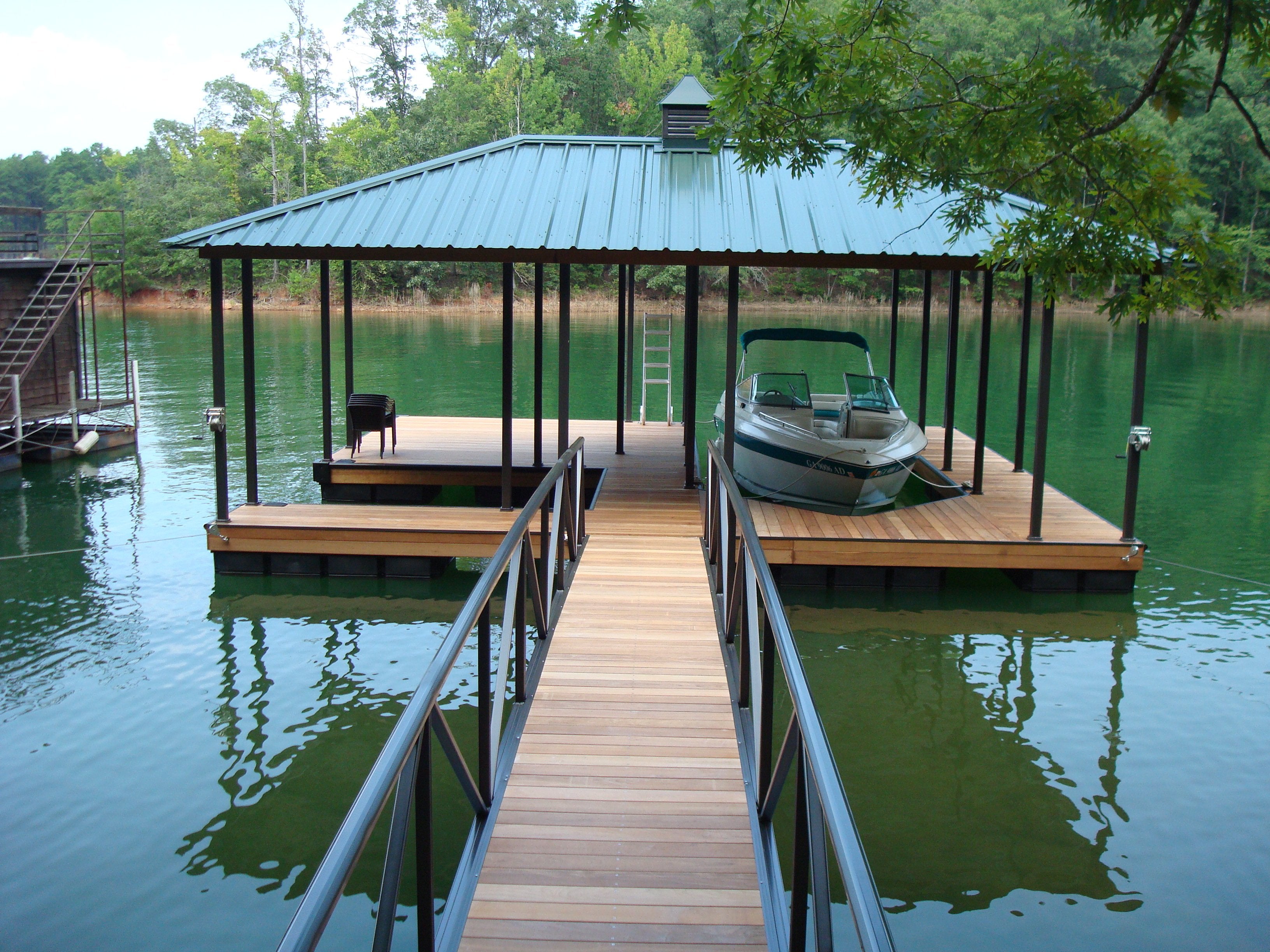Upgrade Your Beachfront With Resilient Floating Docks
Upgrading your beachfront with durable floating docks can dramatically enhance both performance and aesthetics, offering a flexible remedy for various water activities. With a variety of products readily available, consisting of low-maintenance options and conventional timber, choosing the appropriate dock can match your individual design and meet useful requirements.
Benefits of Floating Docks
Floating docks deal a multitude of benefits that enhance their appeal for numerous maritime applications. Among the primary benefits is their adaptability to transforming water degrees - dock company. Unlike conventional fixed docks, floating docks increase and autumn with the tide, ensuring consistent accessibility for watercrafts and boat regardless of environmental conditions. This feature significantly reduces the threat of damages to vessels, as they stay securely tied also during fluctuations in water depth.
Furthermore, floating docks are less complicated to move and mount, providing adaptability for seasonal or short-lived usage. Their modular style permits for customization to fit particular demands, whether for exclusive marinas, property watersides, or commercial applications.
Moreover, floating docks produce marginal disruption to the marine atmosphere, protecting local ecological communities and decreasing the chance of erosion. They additionally give improved security and security for individuals, as their resilient nature uses a more flexible surface area than rigid frameworks.
Moreover, floating docks can assist in a varied series of tasks, such as angling, swimming, and entertainment boating, making them a useful asset for waterfront advancement. Their adaptability and practicality make floating docks a favored choice for a selection of naval jobs.
Picking the Right Materials
Picking proper materials for floating docks is essential to their durability, performance, and total efficiency. When choosing products, consider variables such as ecological direct exposure, maintenance demands, and structural integrity. Typical materials consist of timber, plastic, aluminum, and composite alternatives, each offering unique benefits and downsides.
Timber, while visually pleasing, requires routine upkeep to avoid rot and degeneration. Pressure-treated wood can enhance longevity, but it might still catch water damages with time. Plastic floats, typically made from high-density polyethylene, are resistant to corrosion and call for minimal maintenance, making them an attractive option for low-maintenance applications.
Light weight aluminum is one more feasible choice, known for its toughness and lightweight buildings. It is resistant to rust and can endure harsh weather, although it might be a lot more costly than various other materials. Compound products integrate the best features of wood and plastic, supplying a resistant and low-maintenance choice that simulates the appearance of timber without the linked downsides.
Ultimately, the selection of material ought to straighten with the intended use, environmental considerations, and budget plan restraints, making sure a long lasting and practical floating dock that satisfies your particular demands.
Setup Process Overview
The effective installation of a drifting dock depends on cautious preparation and implementation, making certain that it operates successfully in its desired setting. The very first step includes analyzing site problems, consisting of water deepness, coastline functions, and prevailing climate patterns, which will certainly notify the dock layout and anchoring system.
Adhering to the website assessment, the following phase is to prepare the floating dock elements. This consists of assembling the structure, protecting drifts, and affixing any essential equipment. It is crucial to guarantee that all connections are robust and waterproof to hold up against aquatic conditions.
As soon as the dock is set up, the installation procedure starts with positioning the dock in the water. This can include a crane or various other training devices, particularly for bigger structures. Proper see post positioning is vital for functionality and safety.

Upkeep Tips for Longevity
Normal upkeep is necessary for making sure the durability and optimum performance of a floating dock. To accomplish this, start with regular inspections at the very least two times a year, concentrating on the stability of the dock's structure, consisting of the flotation tools and linking hardware. Search for signs of deterioration, damage, or wear, and attend to any kind of concerns immediately to avoid more damage.
Cleaning up is another essential element of upkeep. Eliminate debris, algae, and barnacles from the dock's surface area to avoid slippery conditions and preserve aesthetic appeal. Make use of a soft brush and a moderate cleaning agent to prevent harming the dock's products.
In addition, make sure that the dock is appropriately secured and safeguarded to stand up to seasonal adjustments in water levels and climate condition. Inspect the anchoring system for stability and make modifications as needed.
Enhancing Your Exterior Visual
To produce an aesthetically appealing outside room, incorporating a drifting dock can considerably boost the overall aesthetic of your beachfront residential property. Floating docks are not just functional however can additionally serve as a striking centerpiece that matches the natural environments - floating dock builder. Readily available in various products and layouts, these docks can be tailored to match your building's building design and landscape
The enhancement of decorative components, such as integrated illumination or elegant railings, better raises the dock's visual allure. Consider using all-natural wood surfaces, which blend perfectly with the setting, or going with modern products like aluminum or composite outdoor decking that supply a smooth, modern appearance.
Tactically putting Related Site planters or seating locations on or around the dock can develop welcoming rooms that motivate relaxation and enjoyment of beachfront sights. In addition, including colors and structures that harmonize with your landscape will create a natural visual throughout your outdoor area.

Verdict

Updating your waterside with sturdy floating docks can significantly improve both capability and aesthetics, giving a functional service for different water activities. Unlike typical fixed docks, floating docks increase and autumn with the trend, making sure consistent access for boats and watercraft no matter of ecological problems.Choosing proper materials for floating docks is essential to their longevity, efficiency, and overall performance.When the dock is set up, the installment procedure begins with placing the dock in the water.In recap, floating docks deal various benefits, consisting of flexibility to water degree modifications and a range of product choices.